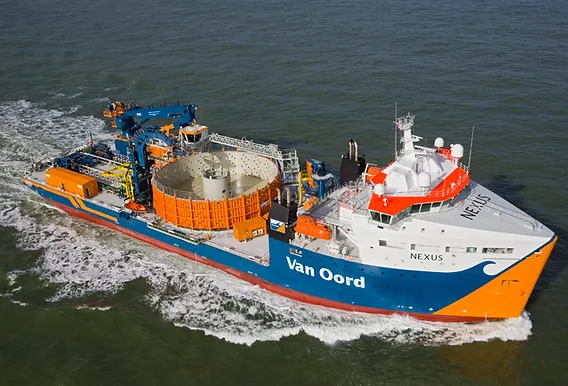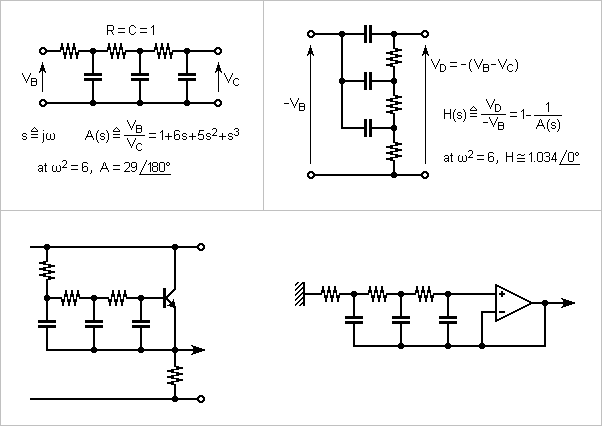Introduction
Introduce the focus keyword, forg explaining their normal relevance. Use the keyword naturally and collection the point for what visitors can learn. Here is how it will search:
In today’s world, the term frog might come in numerous industries, including manufacturing, metallurgy, and actually culture. Despite their significance, many remain unclear about their indicating and usage. In this information, we will examine the thought of “frog,” their historic context, and their progress around time. Whether you’re thinking about their complex elements or broader purposes, that extensive manual will give you all the answers you need.
What Does “Forg” Mean?
Provide an in depth classification of “frog” and explain how it’s used. Supply the focus keyword early in that section to reinforce their importance.
The definition of “forg” is often used as shorthand for “froging,” a process that requires surrounding steel through heating and hammering. Forging is among the oldest known metalworking procedures, and it has been critical in producing tools, tools, and machinery. But beyond their industrial use, “forg” also seems in different contexts, ranging from engineering to culture. Understanding the term “forg” involves exploring their roots in metallurgy and their broader purposes in contemporary industries.
The History of “Forg” and Its Evolution
Delve in to the historic history of “frog” and how it has altered around centuries. Describe their early uses and how it evolved into a contemporary term.
Forging times back to old civilizations, wherever early blacksmiths discovered how exactly to heat materials and shape them using medieval tools. The method turned needed for producing everything from tools to everyday tools. By the Middle Ages, “frog” had become synonymous with craftsmanship, and particular go workshops flourished across Europe. With the arrival of the Industrial Innovation, the thought of “frog” widened, introducing larger scale manufacturing procedures, mechanized hammers, and improved materials.
Quickly ahead to nowadays, “for is a specialized expression found in numerous industries. It’s today tied not just to metallurgy but also to different fields like structure, aerospace, and automotive industries, wherever detail foring techniques have produced stronger, stronger materials. The progress of “for presents individual ingenuity and development, transforming from the modest hobby into an industrial powerhouse.
How “Forg” Is Used in Modern Times
Describe how “for applies to contemporary industries. Touch on the varied contexts where it’s used nowadays, such as for instance engineering, manufacturing, and actually art.
In today’s world, “for” is not merely limited to traditional blacksmithing or the generation of large machinery. The method of forging has found their devote many contemporary industries, including aerospace, automotive, and construction. In these fields, “for has changed into a approach used to make high-strength parts which can be vital to the strength of products. For instance, in the automotive industry, “fored” parts are essential for making motors, suspension components, and different critical systems.
Additionally, scientific advancements have refined the “for” process. New resources and foring techniques, such as for instance detail forging and closed-die foring, are now used to produce components with complicated patterns and remarkable strength. As a result, “for” has helped revolutionize industries by making items better, sturdy, and cost-effective.
The definition of “forg” has actually found their devote contemporary art. Musicians use foring techniques to hobby statues and delicate steel pieces, mixing craftsmanship with creativity.
Why “Forg” Matters in Today’s World
Highlight the relevance of “for nowadays, explaining how it remains to play a crucial role in several fields.
“Forg” matters nowadays as it presents the backbone of several industries. Without foring techniques, we wouldn’t have the trusted, high-performance tools, devices, and vehicles that energy our world. From the the different parts of jets to the frames of bicycles, solid components in many cases are stronger and stronger than their cast counterparts. For industries that need detail and power, “for can be an essential process.
More over, as industries be more advanced, so also do the techniques and resources involved with forging. Modern manufacturing procedures today allow for the generation of light, stronger components that meet with the raising requirements for sustainability and efficiency. In the context of aerospace, as an example, “frog” contributes to lowering the fat of parts, which straight influences fuel efficiency.
The international economy also advantages from the popular usage of solid parts. With the rising need for top quality items, the requirement for trusted solid resources is more critical than ever. Whether in structure, design, or engineering, the role of “frog” can not be overstated.
The Different Types of “Forg”
That section can explain the various kinds of “forg” found in various industries, such as for instance open-die forging, closed-die forging, and detail froging. Use subheadings for greater readability.
Open-Die Froging
Open-die froging is among the oldest techniques, wherever steel is positioned between two dies and hammered into shape. It is generally employed for larger components.
Closed-Die Froging
In this method, the steel is positioned in a die hole, and the dies shut firmly about it to make the shape. It allows for better detail and is ideal for smaller components found in industries like aerospace and automotive.
Detail Froging
That advanced approach is used to produce delicate, extremely accurate parts. It’s specially important in industries requesting tight specifications and high performance.
Isothermal Froging
This method uses managed heat surroundings to boost the power and ductility of materials. It’s usually employed for complicated aerospace parts.
Common Misconceptions About “Forg”
Handle any popular urban myths or misunderstandings that people might have about the term “frog.”
Despite their popular use, many however maintain misconceptions about “forg.” One popular myth is that forging is just employed for big, industrial stuff like vehicles or machinery. In reality, “forg” can be used for a wide selection of items, from small medical products to delicate artwork pieces. Still another belief is that froging is an outdated process, but with modern technology, the process has evolved and stays extremely applicable today.
FAQs about “Forg”
Here, include a series of FAQs to help interact the audience and provide value.
- What’s the huge difference between solid and cast steel?
Froged steel is designed by applying compressive power, making it stronger and stronger, while cast steel is put in to a mold and solidifies into shape. - What industries gain many from “frog”?
Industries like aerospace, automotive, structure, and power count greatly on solid parts because of their power and durability. - So how exactly does the “frog” process influence the last product?
The forging process improves the technical qualities of steel, such as for instance tensile power, ductility, and weight to wear. - Can “forg” be employed for imaginative applications?
Yes, many contemporary musicians use froging techniques to produce statues, jewelry, and different imaginative steel works. - How come “frog” so essential for safety-critical purposes?
The power and stability of solid parts make them ideal for items wherever failure is no selection, such as for instance in aviation or medical devices.
Conclusion
Review the key points and re-emphasize the importance of “forg” in equally historic and contemporary contexts. Close with a final thought about their ongoing relevance.
In conclusion, “forg” is more than a historic process. It is a critical approach that remains to shape industries, items, and actually artwork today. From their early times in blacksmithing to their contemporary purposes in aerospace and engineering, the importance of “forg” can not be overstated. Whether in everyday tools or complicated equipment, solid resources stay an integral to achieving power, detail, and durability. Once we check out the near future, the role of “frog” will simply continue to grow, ensuring that their legacy stays strongly stuck in the fabric of individual progress.











Leave a Reply